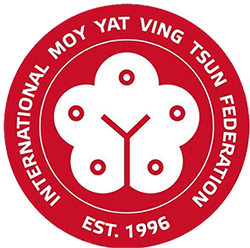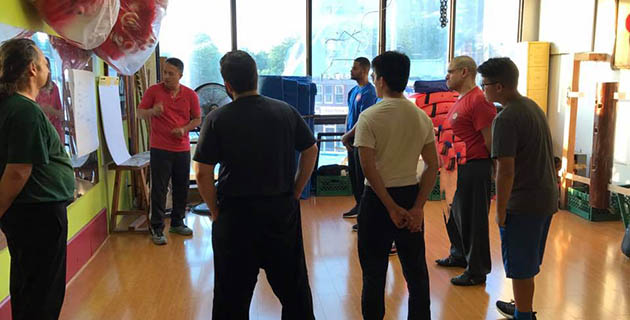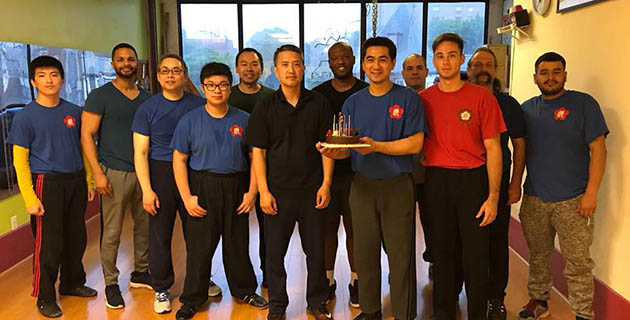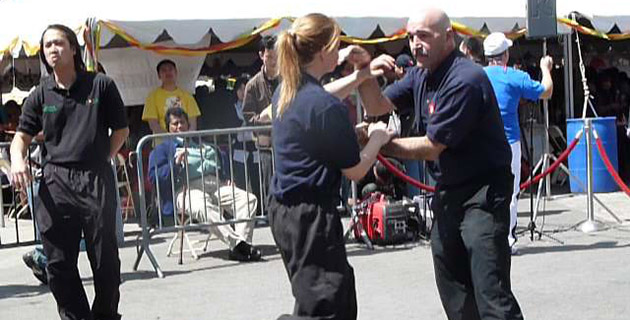Siu Nim Tao
Siu Nim Tao is the first form in the Ving Tsun Kung Fu system. The name "Siu Nim Tao" translates as "Little Idea" or "Little Imagination." Siu Nim Tao lays down the foundation for a Ving Tsun practicioner to learn the proper hand movements and techniques needed for later application. The form is practiced in a very controlled stance.
Chum Kiu
Chum Kiu is the second form of the Ving Tsun system. Chum Kiu translates to "Seeking the Bridge." Alongside some hand techniques, Chum Kiu introduces students to their first development of proper footwork and closing the space between oneself and their opponent. Unlike Siu Nim Tao, Chum Kiu is practiced with the movement of one's entire body, rather than a stationary stance.
Biu Jee
Biu Jee is the third, and final hand form, in the Ving Tsun system. Biu Jee means "thrusting fingers" and is applied as an emergency form to regain control of the practicioner's centerline. Biu Jee goes beyond just thrusting fingers, as this form includes additional footwork and several new hand techniques.
Muk Yan Jong
"Muk Yan Jong" literally translates to "wooden man" and is considered a training tool to practice all the various hand and foot techniques from the first three forms. The form is practiced on a wooden dummy that has three arms and a leg to emulate an opponent.
Luk Dim Boon Kwun
Luk Dim Boon Kwun translates to "Six and a Half Point Pole." The "points" are actually the techniques utilizing a long pole. This form also covers unique footwork and a stance that is essential to maneuvering the long pole accurately.
Baat Cham Dao
The last and final form is the Baat Cham Dao form. "Baat Cham Dao" translates to "eight cut knife" which is the number of techniques covered. Baat Cham Dao is only taught to students who have successfully mastered all previous techniques and forms.






